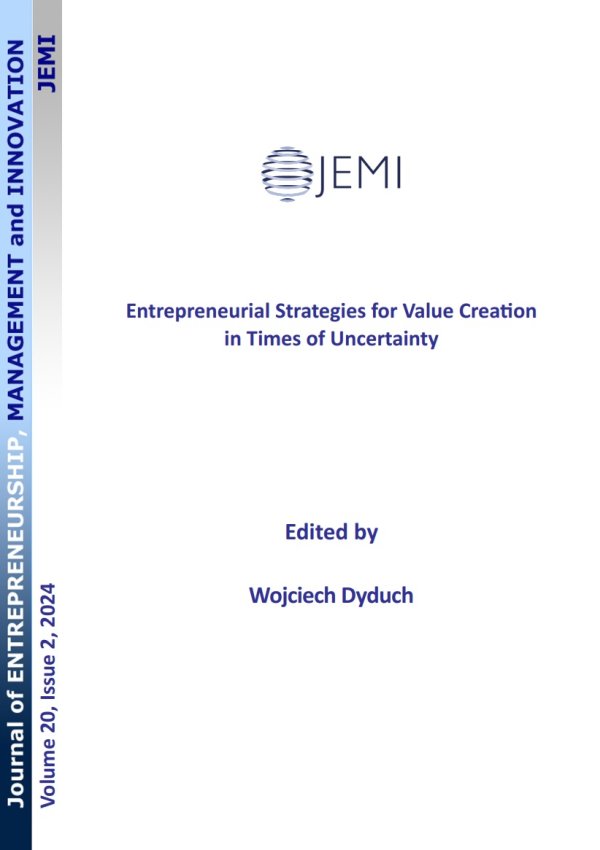Radka MacGregor Pelikánová, Ph.D., LL.M., MBA, Metropolitan University Prague, Dubečská 900/10, 100 31 Prague 10, Czech Republic, e-mail: This email address is being protected from spambots. You need JavaScript enabled to view it. 
Abstract
Sustainable development and competitiveness cannot be achieved in our highly competitive global society without innovations. Innovations are typically the result of a financially demanding research process generating intellectual property assets, namely patented inventions or ideas for the digital setting and protected by copyright or otherwise. The EU is aware of it and its current strategy, Europe 2020, states that 3% of GDP should be allocated to R&D by 2020 at the latest and this should boost innovation levels and make the EU a top global economic leader. Undoubtedly, innovation is indispensable and needs to be financed. However, the relation of involved factors and the related dynamic are unclear and have not received sufficient scientific and academic attention. To make an initial step to address this vacuum, three research questions are addressed. Firstly, what fraction of GDP goes towards R&D, expressed by GERD, and what is the GERD trend in the EU and selected EU member states? Secondly, how many European patent applications were filed and patents granted, what was the success rate and how has digitalization been progressing in the EU and selected EU member states and what are the trends? Thirdly, can the possibility of a relationship be implied? These three questions are answered based on multi-disciplinary research employing hard data sources, such as Eurostat and EPO databases, official and/or legislative documents, such as Europe 2020, academic literature along with direct observation, field search and the own experience of the author. Such a conglomerate of diversified and multi-disciplinary data is to be processed by a myriad of appropriately matching methods, both of a quantitative and qualitative nature, and dominated by the holistic Meta-Analysis. Indices and indicators, such as GERD, EPO statistics and DESI, are comparatively employed while observing their time evolution in the entire EU and selected EU members. Their selection is made by the motivation to be representative and to face the (alleged) cliché about EU member states labeled as “good” (DE, FR), “lazy” PIGS (PT, IT, GR, SP), leaving (GB), particular Scandinavian (DK, FI, SW) and central (AT, CZ, PL). This highly original study answers all three questions – (i) the 3% threshold is not met in the larger part of the EU, (ii) the number of patent applications and granted patents keep growing along with digitalization, and (iii) the possibility of a relationship between these factors and trends exists, but is not conclusive or dramatically strong. This generates a set of original suggestions, such as that the differences between EU member states regarding innovations do not vanish and that although the Europe 2020 3% threshold is not met, the number of patented inventions and the practical digitalization can still grow across the EU. Further and deeper research is needed and should help the EU to change its approach to innovations and make it more effective and efficient.
Keywords: DESI, Europe 2020, GERD, innovation, intellectual property, R&D, research and development.






